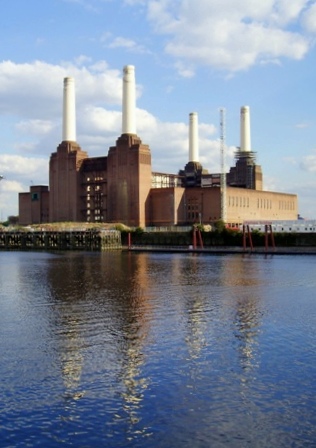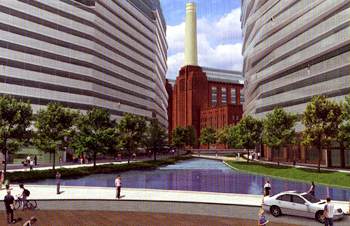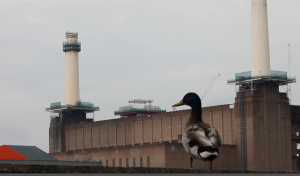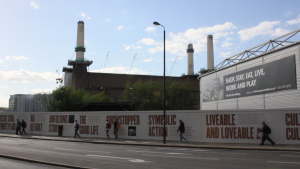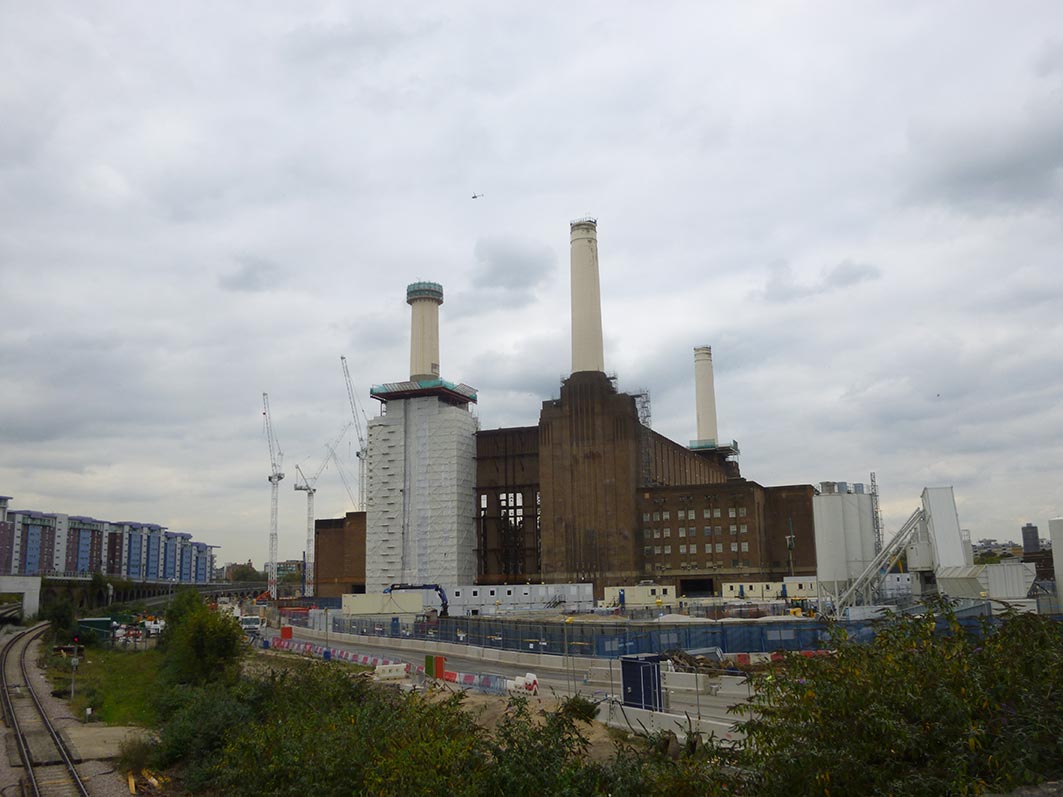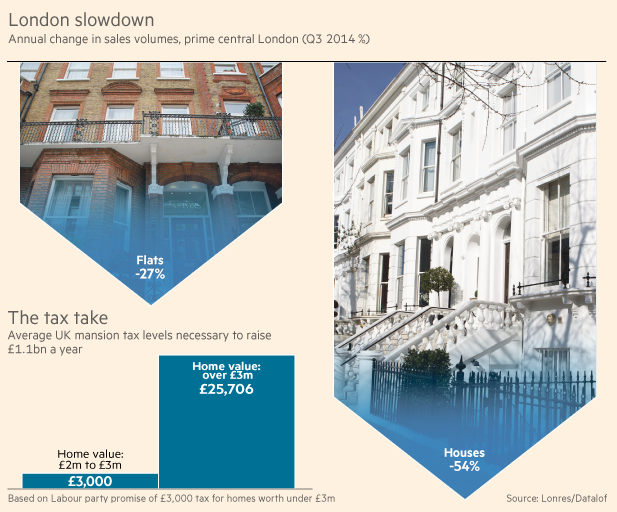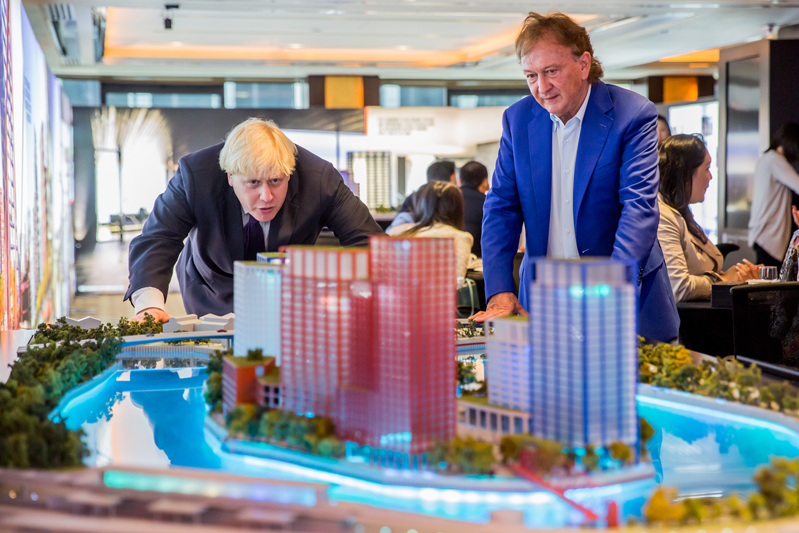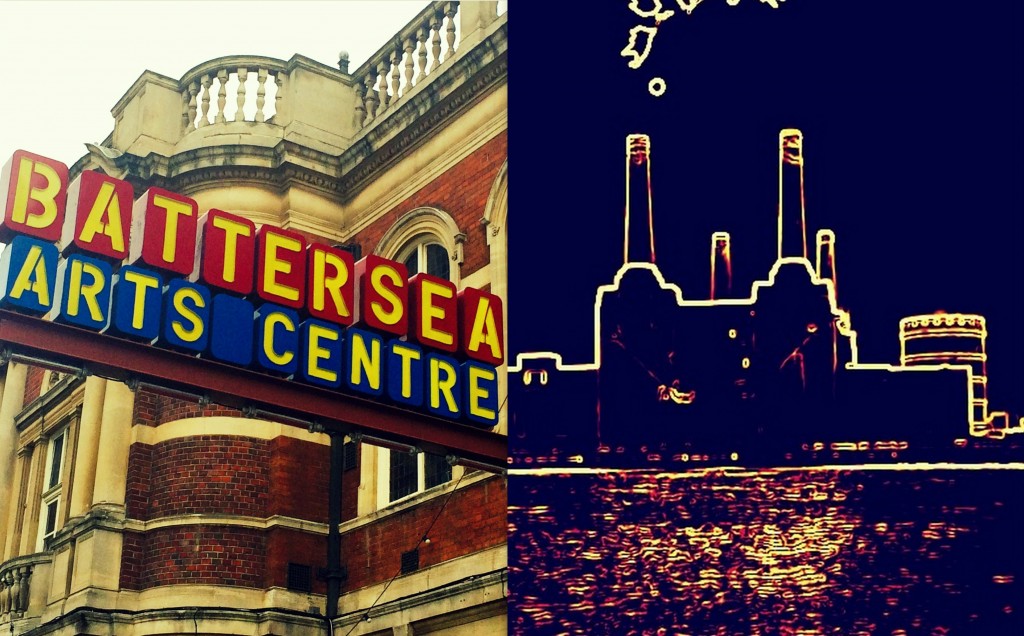
Battersea Power Station Development Company’s “Battersea Art Station”- by submitting artists give consent for unpaid use for the company’s marketing.
Battersea Power Station Development Company has organised an art competition Battersea Arts Station hosted at the Battersea Arts Centre, an open weekend on the 25th-27th September exhibiting art inspired by Battersea Power Station. Amateur and professional artists were invited to submit work of the iconic building and now have the chance of being awarded prizes.
On the first of September Battersea Power Station Development Company announced that over 500 artworks had been submitted from all around the world including photography, poetry, oil paintings and cast iron sculptures. What they didn’t mention was that the artists might have faced a surprise after submitting their artwork.
Before the artists submitted their art they had access to the Data Protection terms and conditions. However they were not able to see the terms and conditions of having their work displayed at the exhibition until after submitting. Yet submitting meant they agree to these unseen terms and conditions. These could only be read and agreed to once the form had been fully filled out and the artists’ work submitted.
Therefore the artists were unaware that the Battersea Arts Station, part of the Battersea Power Station Development Company, intend to use the artists’ work for marketing, promotional or broadcasting purposes, as well as reproduction without paying.
Here is a section of the terms and conditions which the artists only saw after they submitted their work (BPSDC is the Battersea Power Station Development Company):
10.2 By submitting Work(s), You consent to BPSDC and/or BAC and/or another third party permitted by the BPSDC or BAC: (1) filming and making available the whole or any part of the Work(s), including but not limited to the right to include the Work(s) in any broadcast (and rebroadcast) by any broadcaster (including the BBC) and any licensees of any broadcaster; (2) filming, broadcasting and/or reproducing the whole or any part of the Work(s) for archival, educational, publicity and marketing (including without limitation on the website, exhibition posters, leaflets, private view cards and all forms of social media), press, signage, gallery guide and catalogue purposes and (3) reproducing images of the whole or any part of the Work(s) from the Website that have been submitted by You. The above consent is irrevocable and given without payment of any fee or royalty and includes consent to make available the Work(s) in all media (including without limitation all forms of electronic and social media) for perpetuity and on a world-wide basis.
We await to see what kind of art is submitted but no doubt the winners will be be suitable for (free) marketing purposes.
Co-written by Elina Kuusio
Click Battersea Power Station for more blogs
See our Battersea Power Station project pages for more information and videos.
Or visit PlanA our general blog on urbanism, planning and architecture.
Spectacle homepage
Like Spectacle Documentaries on Facebook
Follow SpectacleMedia on Twitter

